Opening Hour
Mon - Fri, 0800Hrs-1700Hrs
Call Us
+254710490871
Email Us
info@pristinehydrosolutions.co.ke
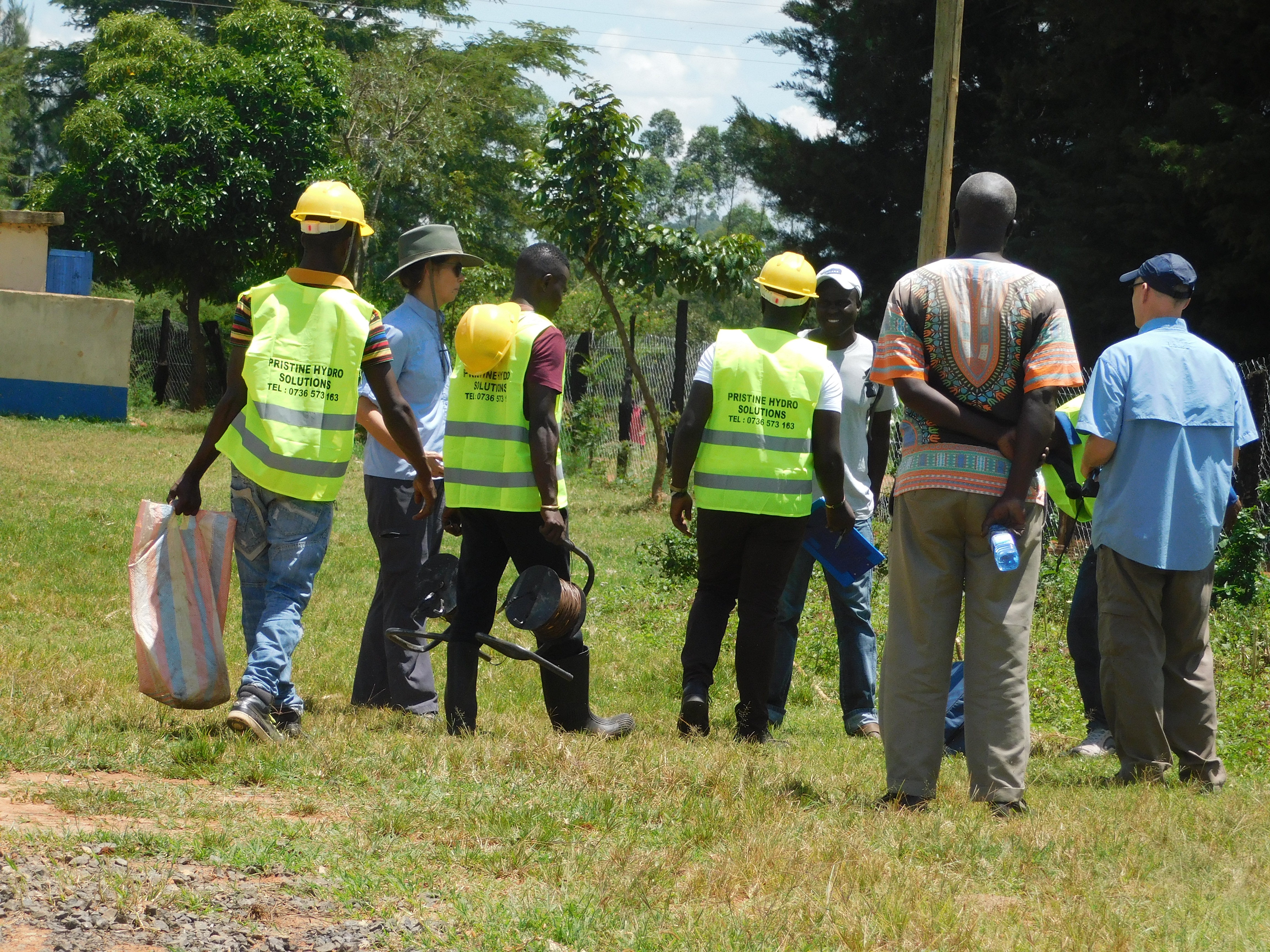
Prior to Borehole Drilling a hydrogeological survey is undertaken to establish the potential Quantity and to give an indication of the anticipated Quality of water. Hydrogeological assessment is required in order to provide drilling costs. In some circumstances additional permissions such as WRMA permit may be required prior to drilling and this would be highlighted by the asssessment. This would also be required if applying for a licence.
A hydrogeological survey is an investigation of the hydrologic and geologic parameters at the subsurface level in a particular area. Hydrogeological maps may be formulated with the data gathered during such a study. It involves the detailed evaluation of the water bearing levels of rocks and their capability for filtration. Moreover, the intrinsic ability of these rocks to either store or resist water is also assessed. The pressure, type and quality of the underground water is noted, delving into the intensity of the water flow through pores or fractures.
There is no standard drilling price for a borehole. The cost of drilling a borehole is derived from recommendation made in the Hydrogeological survey report. Once the Hydrogeological survey report is out, borehole drilling takes place and there are steps that are taken in the drilling process. Once the borehole has been drilled the necessary unstable lengths of the borehole are steel cased in an effort to reinforce the 'tube'.
Here are the most important factors that impact Borehole Drilling cost:
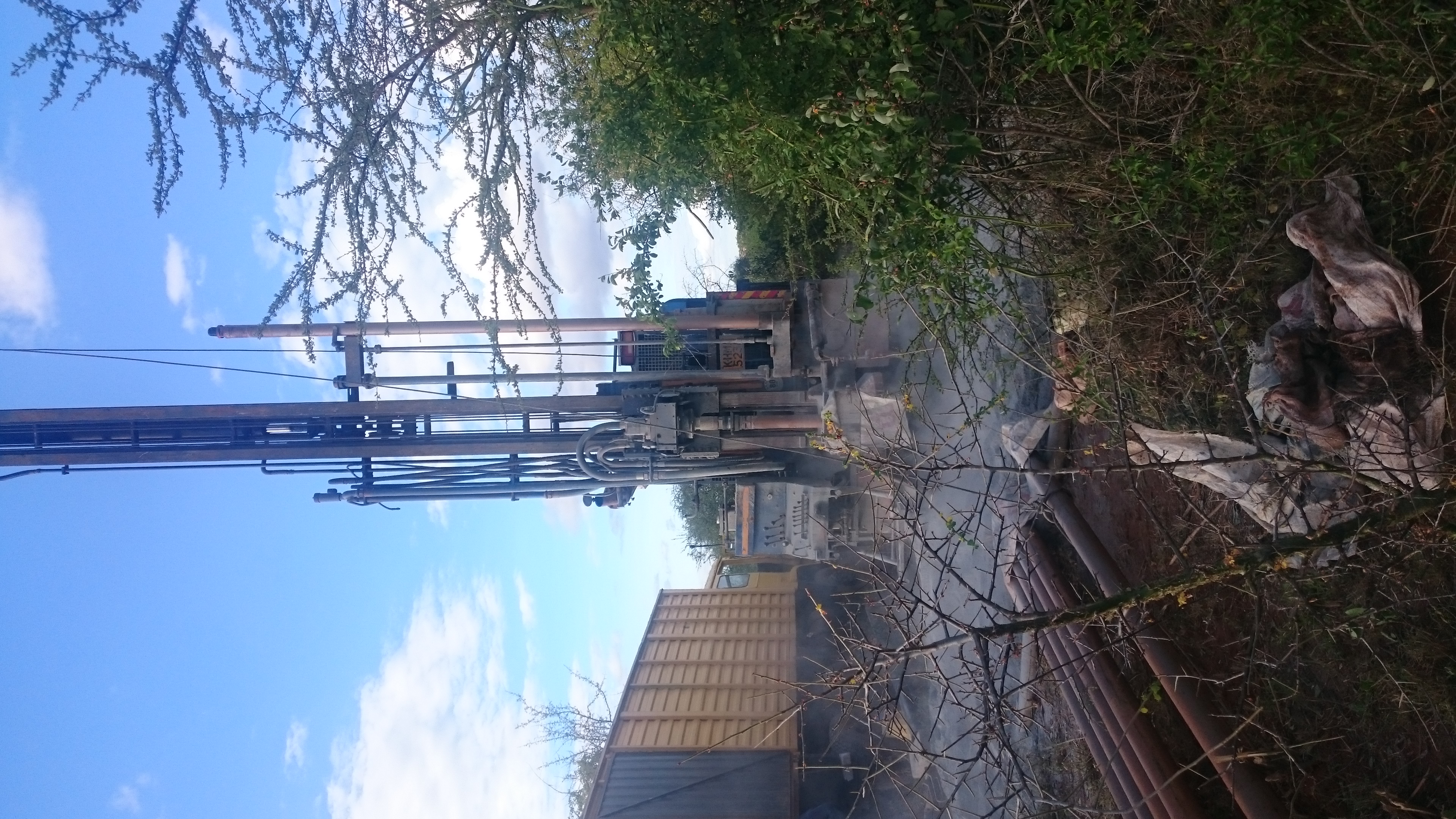
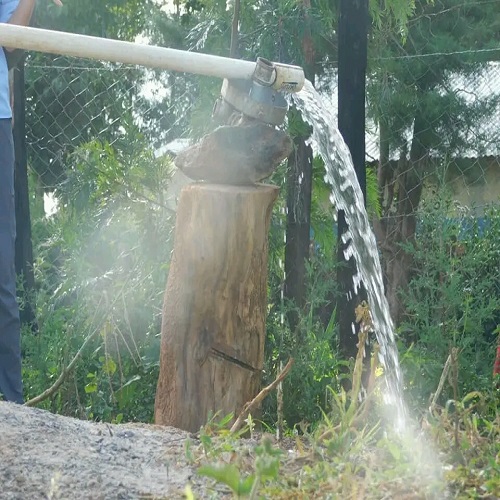
A pumping test is a field experiment in which a well is pumped at a controlled rate and water-level response (drawdown) is measured in one or more surrounding observation wells and optionally in the pumped well (control well) itself; response data from pumping tests are used to estimate the hydraulic properties of aquifers, evaluate well performance and identify aquifer boundaries
A pumping test is a practical, reliable method of estimating well performance, well yield, the zone of influence of the well and aquifer characteristics (i.e. the aquifer's ability to store and treansmit water, aquifer extent, presence of boundary conditions and possible hydraulic connection to surface water).
Pump Installation. - A correctly selected and installed submersible water pump in a properly constructed water well can be trouble free for many years.
The first thing you need to do when carrying out a Submersible Water Pump installation is to check the well total depth – the distance from the ground level to the bottom of the well. Head – A vertical distance from the pump to the ground level where water is discharged or into a pressure tank. GPM – the amount of water in GPM the pump produces
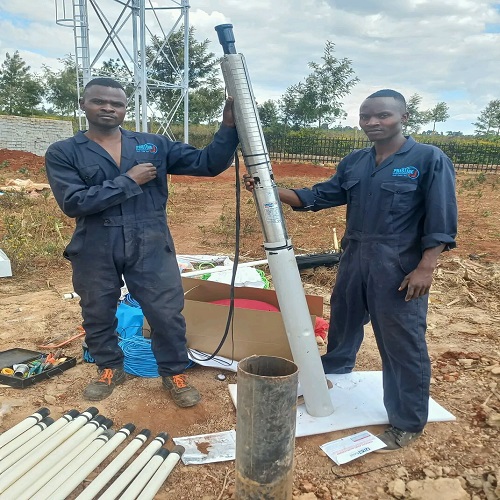
Storage of water for future use is the main goal as it ensures the continous running of water hence being able to carry out activities intended for the water. After the drilling and installation of the pump, construction of a storage base is imminent.
When it comes to storage we install according to the clients preferences and sometimes we advice accordingly. The client might choose between PVC tanks or Steel tanks according to his/her preference because each has a different price limitation.
The construction of the Tower mainly depends with the velocity of water needed to reach certain areas that the client intends to use the water for. The higher the Tower the higher the velocity output.
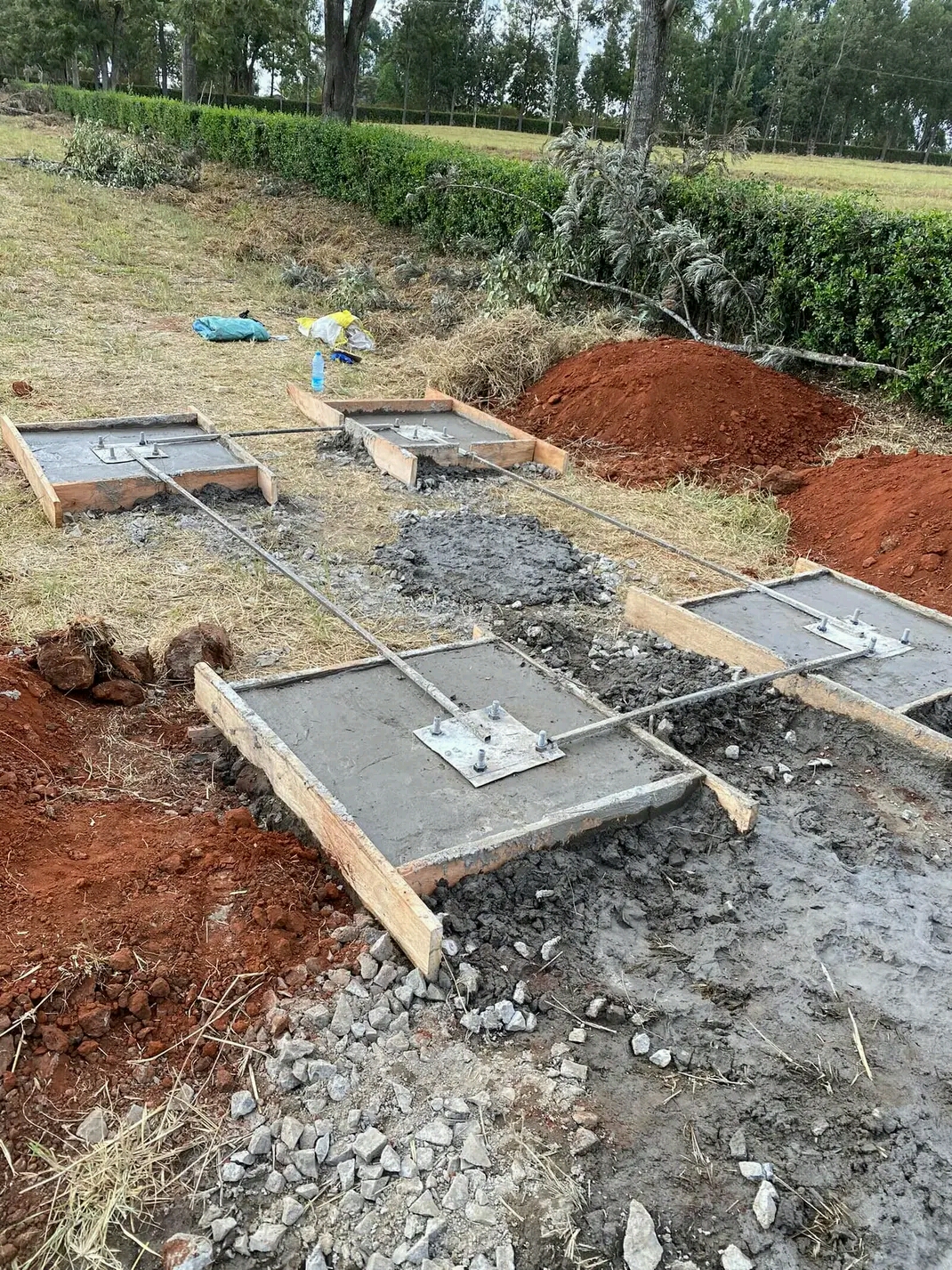
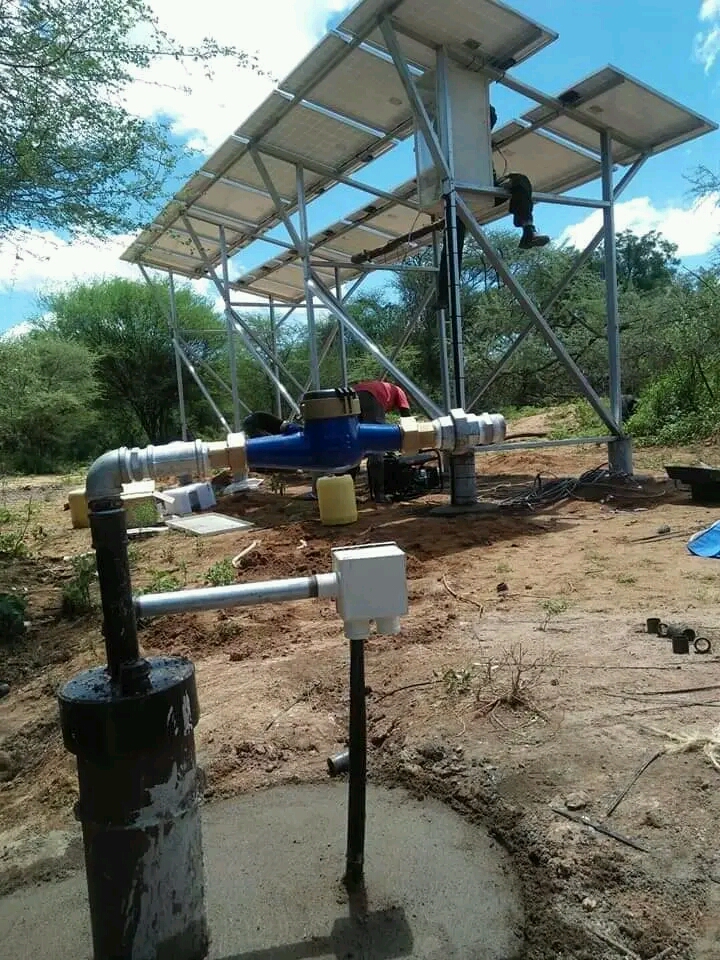
Solar energy, however, is more reliable and cheaper to install and maintain than the rest in the list, making it the most preferred and dominant. Using electricity in the pumping of water from the borehole to the storage tanks seems a little expensive as compared to solar energy use. For a long term project we advise our clients to go off-grid to save on electricity costs.
Depending on the energy requirement of the property the length of installation can also vary. Higher energy requirements imply that more equipment will be mounted, and it will require longer periods for the installation to be completed. Low energy requirements point toward a shorter installation period.
We equiped with modern experienced staff that are able to deliver top notch service according to your needs and at a very affordable rates.
Hydrology is the study of the processes of the water cycle such as evaporation, evapotranspiration, rainfall, run-off, infiltration and Storage of water. In engineering, Hydrological assessment is carried out to quantify the flow or volume of water in a river or stream, over land, in soils, in a pond or a reservoir. This is used to assess the pluvial, fluvial or groundwater flood risk in a site or to eavaluate the capacity of a soak-away, storage pond, reservoir or culvert.
Hydrological assessment is therefore used to help reassure or alert developers, planners and land managers to potential issues for concern.

I have engaged pristine hydro solutions in matters relating to drilling borehole for my company premises and they just delivered one of the best services i could ask for.
Great service from a great creative team. Very organised, systematic and professionalism of the highest order. Am satisfied
I sub-contracted Pristine Hydro solutions for the Survey of my 12 boreholes and i must admit that they did a tremendous great job in the quickest time possible. Thank You Pristine.
Pristine hydro solutions is a water solution company that you can rely on to give the best Services in regard to borehole drilling.